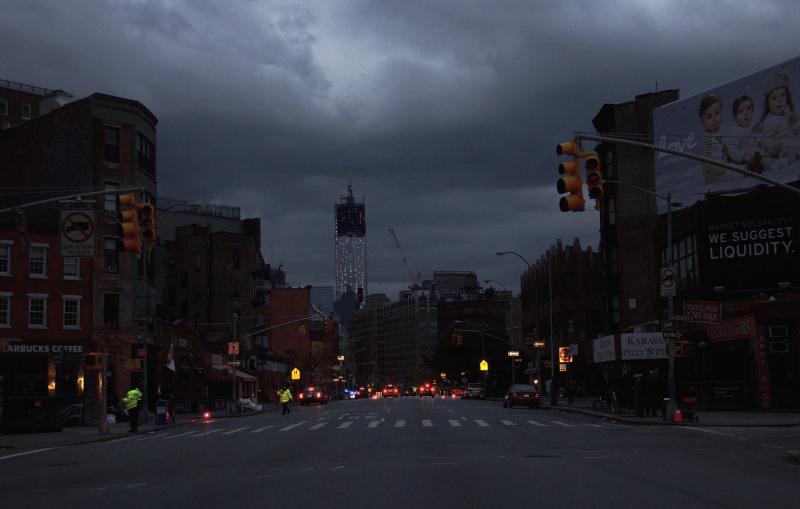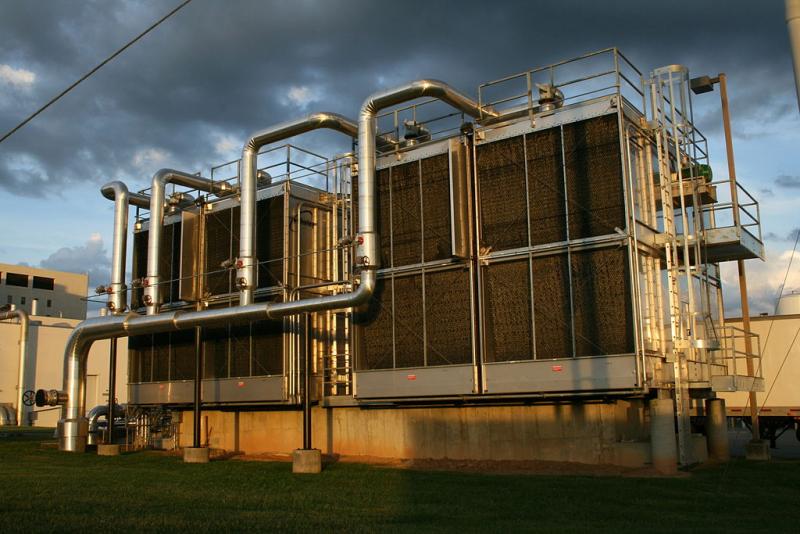Energy
In our technologically advanced world, a continuous supply of energy—including effective back-up strategies—is critical for safety and comfort. Energy is also necessary to power critical infrastructure and businesses that keep people working and our economy functioning. Without a constant energy supply, many of today’s businesses simply will not function. For example, internet commerce, airline operations, and financial markets are totally dependent on continual access to energy.
Especially in densely populated urban settings, prolonged energy outages can lead to severe economic and societal impacts across many sectors, costing billions of dollars in reduced productivity and lost business. Estimates for the annual cost of U.S. electrical outages range from $70 to $120 billion.
Building the resilience of existing energy infrastructure and ensuring that new energy infrastructure can operate efficiently in the coming decades can reduce risks across multiple sectors.
Energy infrastructure
Local governments are on the front lines of virtually all energy emergencies, and experts agree that the number of energy-related emergencies these agencies face will increase over time. Factors contributing to this expected increase include aging energy infrastructure, a mismatch between the capabilities of existing energy systems and the complicated demand profiles of today’s users, and observed increases in the number, severity, and/or duration of climate- and weather-related hazards that disrupt energy supply.
The following points characterize our current energy infrastructure:
- The average power-generating plant in the United States was built in 1964 using technology from 1959. More than one-fifth of U.S. power plants are more than 50 years old.
- On average, more than 500,000 U.S. energy customers are without power for two hours or longer every day of the year.
- Today’s high-voltage transmission lines were designed before planners even considered security measures or imagined that electricity could be sold across state lines. Existing lines are being utilized beyond their intended purpose, and are subject to overloading and blackouts.
- Overloading of high-voltage transmission lines has essentially doubled the rate of line losses since the 1980s. Replacing these lines has cost consumers an estimated $12 billion.1
- Most of the equipment currently used to guide the flow of electricity was manufactured in the 1960s and 1970s. Tracking disturbances and interruptions in supply with existing equipment is not possible in most places—this information is usually relayed 30 seconds after a disturbance occurs.
- Energy experts expect blackouts and power outages to continue to occur.
Environmental factors
Climate change increases the risk, frequency, and intensity of extreme events—such as intense heat waves, heavy downpours, and flooding from coastal storm surges—and these events can stress or overwhelm power generation capacity or disrupt energy distribution.
The vulnerability of urban dwellers multiplies when the effects of climate change interact with pre-existing urban stressors, such as deteriorating infrastructure, areas of intense poverty, and high population density. For example, when public utilities that supply a city’s drinking water and wastewater treatment services lose power and experience back-up system failures, an energy emergency can trigger a water emergency.
Some relatively recent events have brought the topic of energy resilience to the forefront for local government planners. Chief among them are the widespread disasters that resulted from Hurricanes Katrina and Sandy. These and other events prompted cities across the nation to examine and bolster their plans for energy resilience. Additionally, federal agencies have mounted a coordinated effort to educate local governments about the benefits of energy-resilience planning, including strategies such as incorporating green building, energy efficiency, and renewable energy development into their plans.
Considering connections
Increasing interconnectedness among energy and other critical infrastructure can impact community health, safety, and stability. Identifying links between energy assets and other critical infrastructure can help communities identify areas of vulnerability, and then build redundancies into their operations to mitigate those vulnerabilities.
Asking a few questions can help communities identify connections and dependencies and prompt them to begin looking for mitigation options:
- What critical systems, services, infrastructure, assets, or planned redundancies does our community rely on for everyday operations? Would these be sufficient to respond to a disaster?
- How are our critical services and assets connected? For example, energy is necessary to pump water to homes and businesses, and to pump fuel into emergency vehicles. Hospitals, schools, factories, and banks need energy for equipment, lights, and heating or cooling.
- What can we do to mitigate against these vulnerabilities or recover from hazards?
Cities may find it is more efficient to piggyback plans for energy assurance onto an existing municipal initiative than to start a new initiative. For instance, hazard mitigation plans, emergency response plans, climate adaptation plans, or economic development plans may be effective vehicles for addressing energy resilience. Getting a planning effort underway now can save time, money, and potentially lives when a disaster hits.
The preceding text is excerpted and abridged from the reports Local Government Energy Assurance Guidelines, Version 1.0 and Climate Change Impacts in the United States: The Third National Climate Assessment (Chapter 11: Urban Systems, Infrastructure, and Vulnerability).
- 1Munson, R., 2006: Let energy innovation thrive. USAEE Dialogue 14(1), 13-17, 28.


